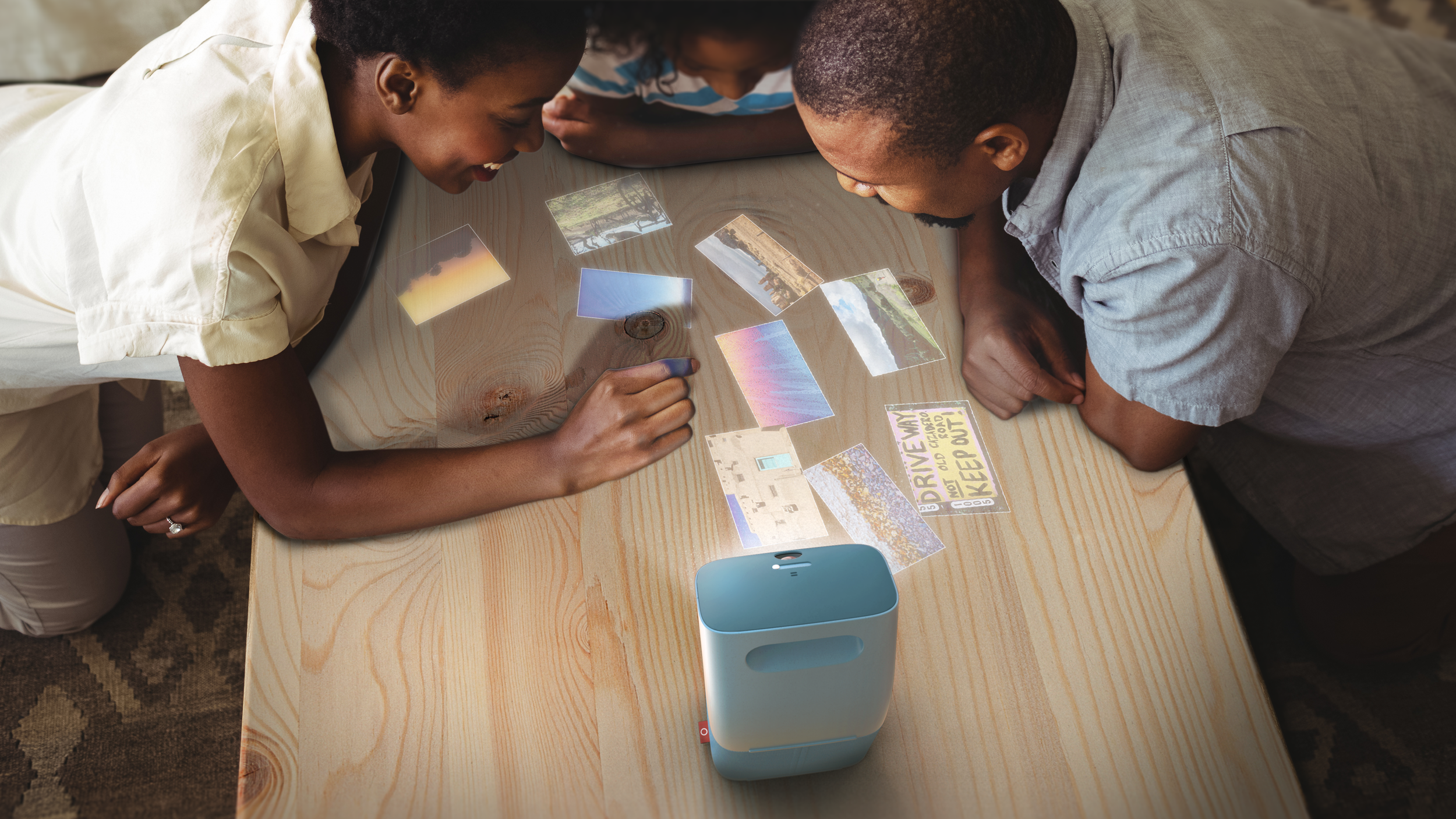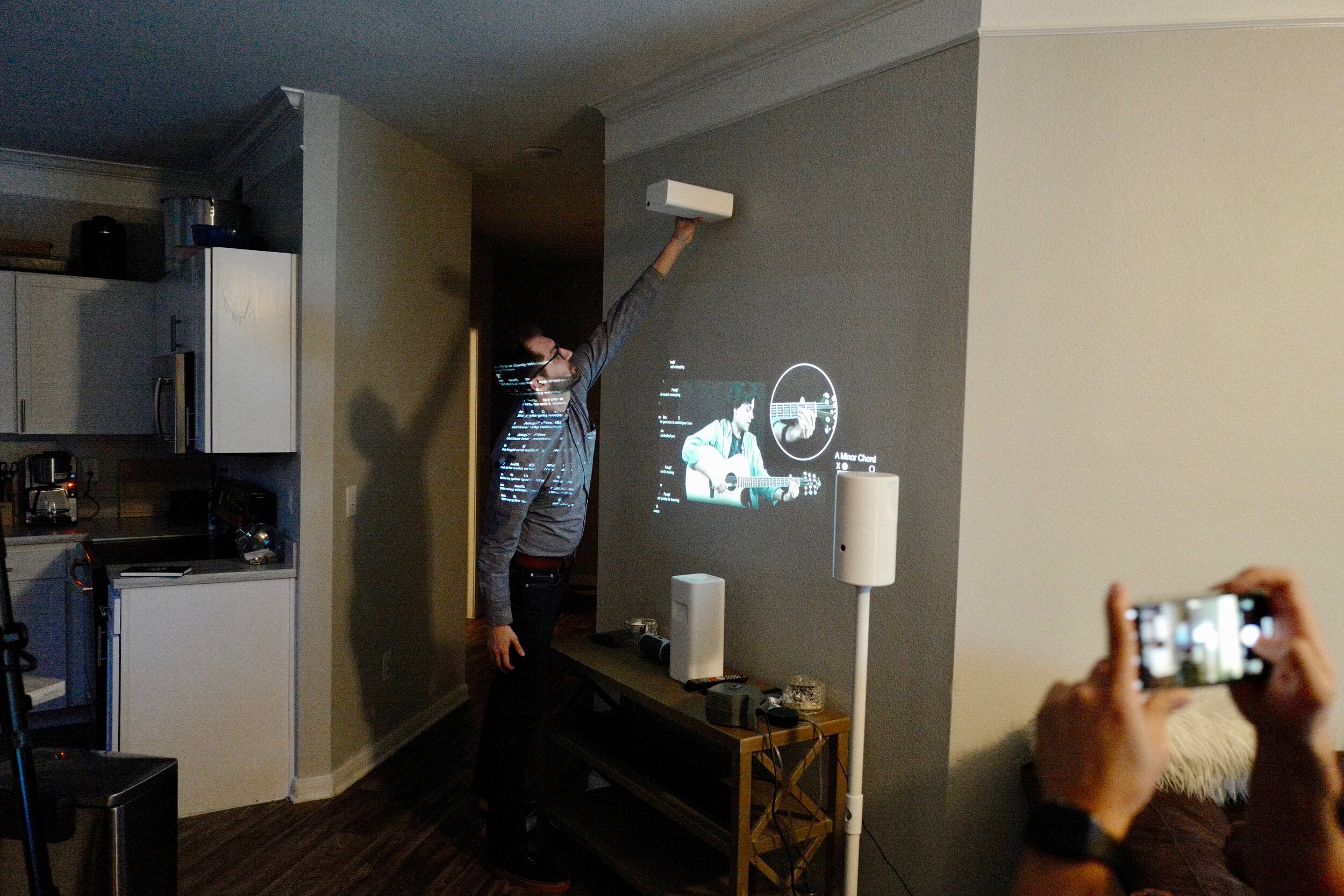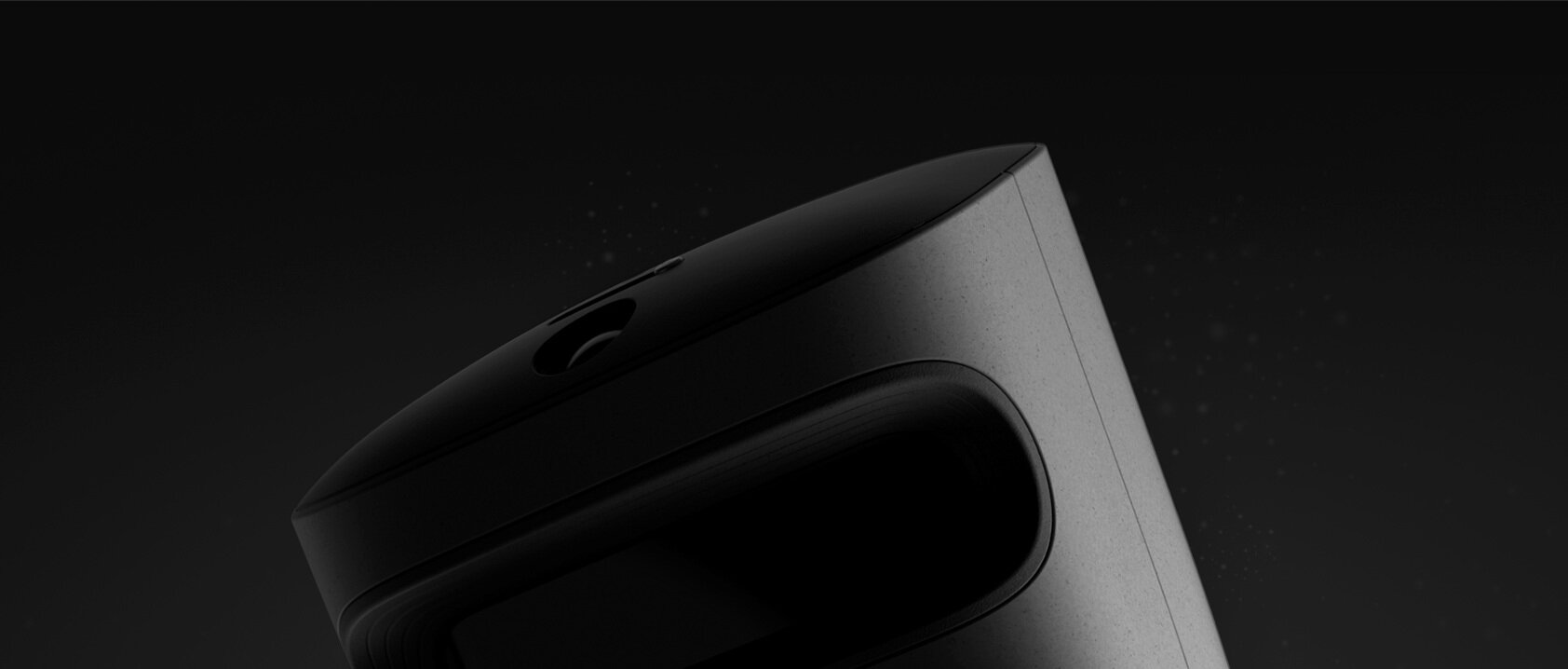
Envisioning a radically new technology experience for the home
Global in-home contextual inquiry informed the value proposition and industrial design of an augmented reality product.
A technology company was exploring the possibilities of projection mapping in the home, an interactive experience that digitally enhances real-world environments using projectors, sound, and multi-modal inputs (voice, gesture, etc.). But just as the introduction of the television defined how living spaces were arranged, projection AR requires particular setups. And also like TV, projection AR has the potential to affect or even define social interactions in the home.
We visited people’s homes in Austin, Singapore, and Copenhagen to understand how projection AR could be adopted into different home environments and explore the potential of shared AR to bring people together. We then envisioned a product design embodying our point of view regarding the core experiences, projection architecture, and modes of interaction.
Role: Project lead, team of 5
Duration: 4 months
Output:
Design appearance model reflecting key research insights
Physical space recreation at client office showcasing key environmental factors from around the world
Supporting research insights
As project lead of a team of five, I…
Managed, led, and synthesized in-home research across three countries
Drove all research deliverables including a physical environment mock-up at the client’s offices
Guided industrial design team members in creating a design appearance model that reflected our insights and recommendations
Approach
Global contextual research
To understand how the product may best integrate within homes and families
Design POV and principles
Translating insights into specific goals and guidance for industrial design
Design
Creating a design appearance model reflecting core architecture, interaction models, and CMF exploration
Immersive delivery
Experiential deliverables made findings and recommendations tangible

Global in-home contextual inquiry helped us understand what was necessary for the product to be welcomed into the home and successfully integrated within a wide array of home environments.
Each research session consisted of three parts:
Narrated home tours to understand the use of physical space
Experience mock-ups to determine ideal product architecture and setups
Interviews to review the desirability of possible experiences and overall reaction to the product concept
We brought our key environmental findings to life in a physical recreation at the client’s office so that the team could keep those factors in mind and prototype against them.
We created a “messy home,” a real-world space furnished to reflect authentic home environments and key factors to consider when creating a projection-based product. This space stood in stark contrast to the immaculate, minimalist, fit-for-a-photoshoot environment that had been used as a test space.
We also captured 360° photos of home environments to be experienced in VR, immersing the team in the real homes they were designing for.
A physical appearance model embodied key architectural decisions with implications for home placement and modes of interaction—the ultimate expression of our research findings.
Our research informed key decisions regarding core experiences, projection architecture, modes of interaction, and industrial design. These decisions were embodied in a high fidelity appearance model. Though only intended to be a design provocation as a reflection of our research, the industrial design was developed in collaboration with the client’s Mechanical Engineering team to ensure viability.










